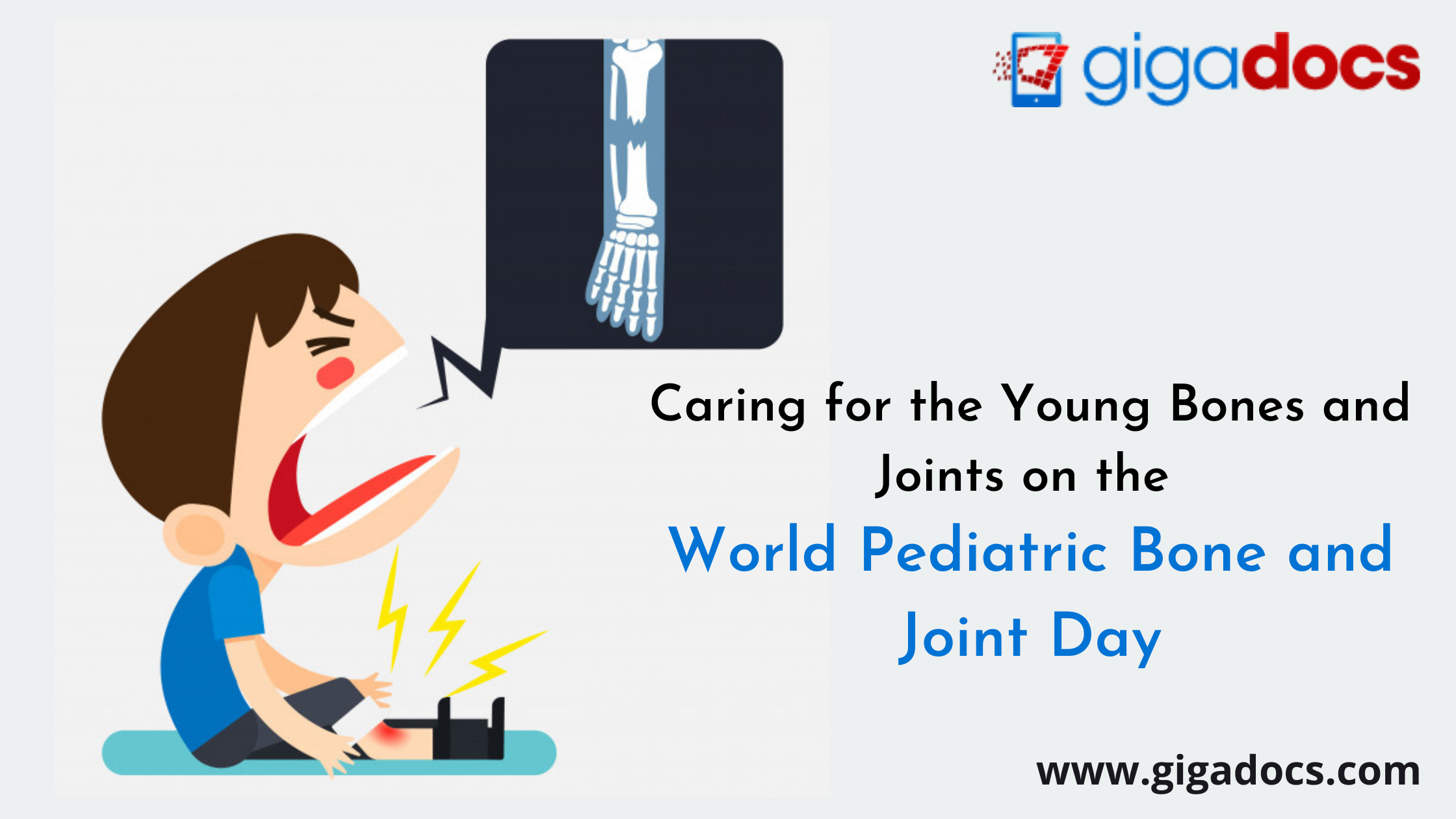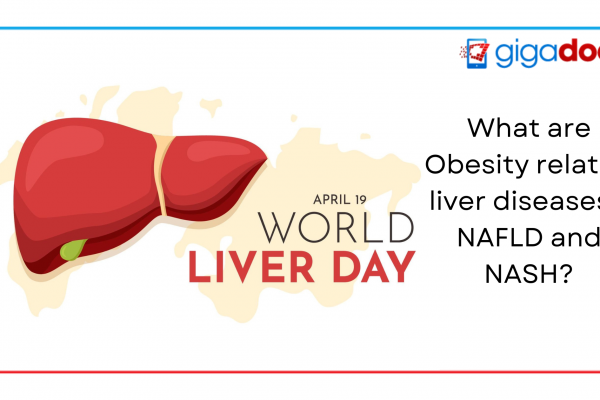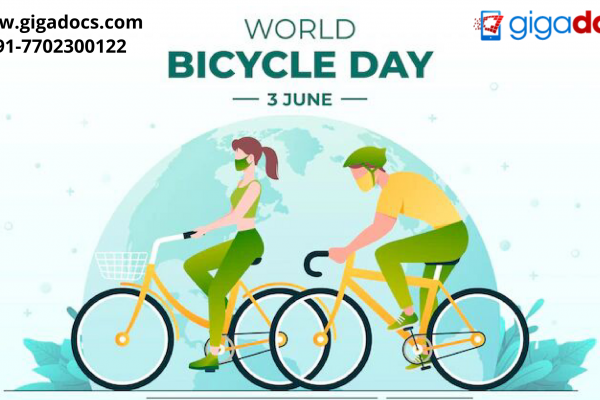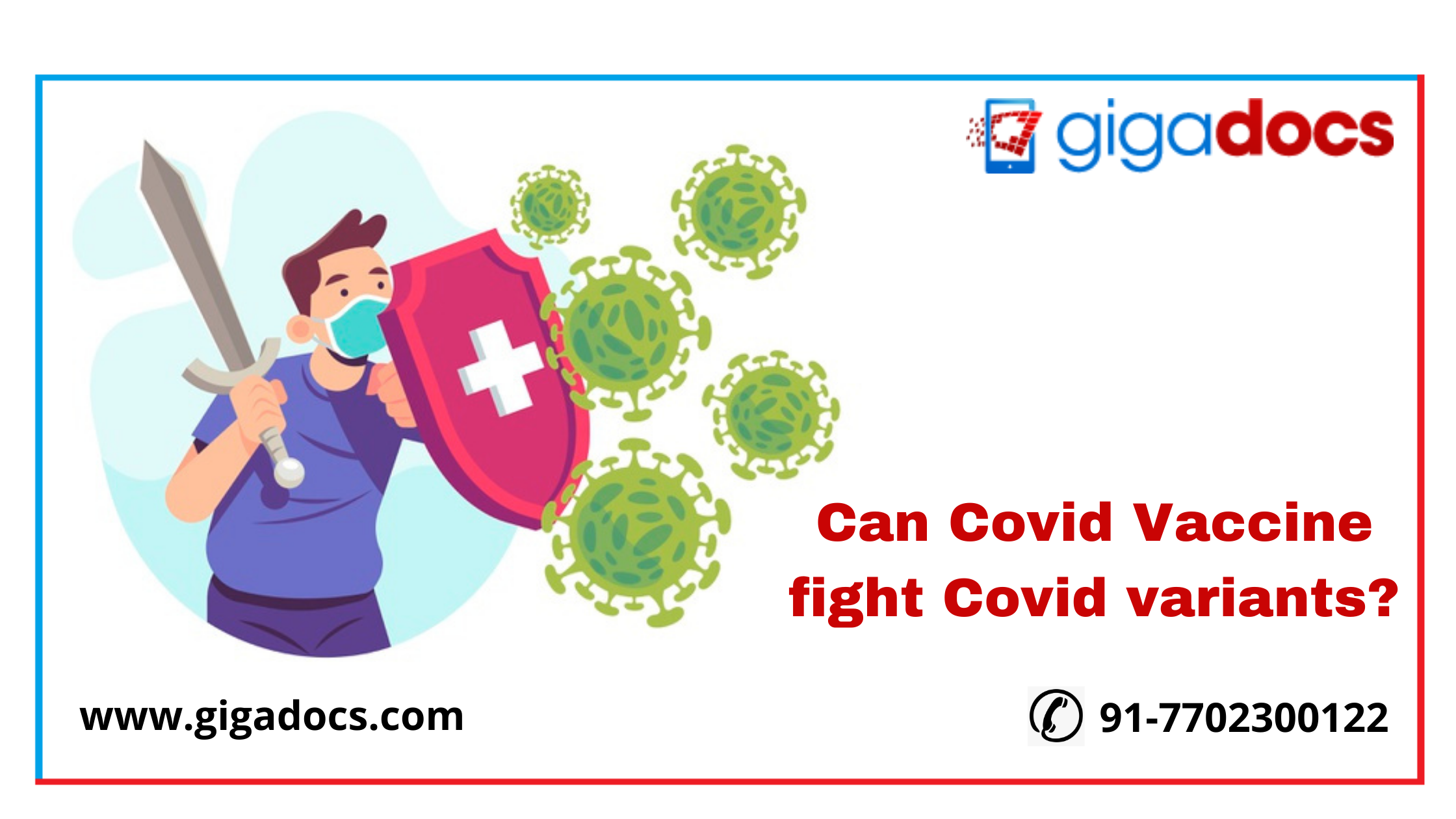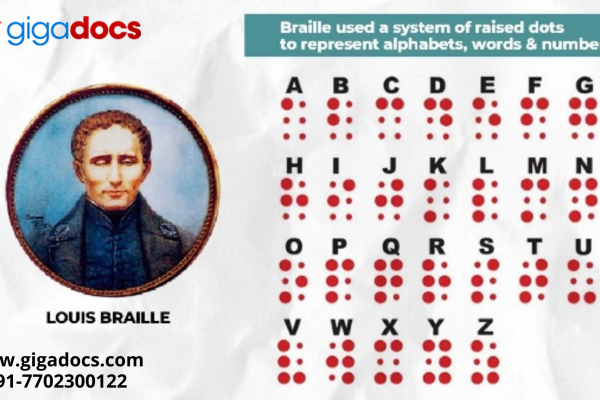Bones are constantly growing and reforming, with an increase in one’s age. The rate of bone growth is faster in children than in adults. A child’s bone continuously grows and reforms. During childhood, bone disorders can affect the bones in the musculoskeletal system, which may get worse or better with the growth of the child.
“World Pediatric Bone and Joint Day” observed worldwide on October 19th is aimed to spread awareness about the impact of musculoskeletal conditions among the children. Bone and Joint infections generally termed as Musculoskeletal disorders affect the nerves, muscles, bones, joints, and ligaments. Musculoskeletal disorder is commonly caused due to infection, injury or it can even be inherited, and it could subsequently develop as the child grows.
Parents must look at the different warning signs in their kids. Finding them early allows for a better diagnosis which could help prevent lifelong problems and aid in the ability to lead a healthy and happy life.
Musculoskeletal Disorder Symptoms
Parents must be vigilant when they interact with their child who may not be able to communicate effectively about their troubles directly.
This makes it more concerning for parents to be observant of their child’s development. Here are the common symptoms which a child may show while battling with musculoskeletal disorders-
- Irritable and lethargic behavior among infants
- Refuse to eat, or vomiting after food intake
- Fever and Warmth
- Redness near the infected area
- Pain accompanied by swellings
- Limited movement of the infected area
- Pain in the Hips or back joints
- Angular deformities of the Knee or Knock Knees
Musculoskeletal concerns are commonly seen among teenagers and young children. This requires conscious observation and understanding of the symptoms to avoid complications later on. Those kids and teens who are suffering from obesity are at a higher risk of developing bone and joint problems, which may develop into-
- Septic Arthritis (Joint Infection)
- Fractures of the Bone
- Bone Infections or Osteoporosis
- Developmental dysplasia (hip)
- Tendinitis
- Muscular dystrophy
- Rheumatoid arthritis (RA)
- Post-Streptococcal Reactive Arthritis (PSRA)
Arthritis
If you thought that arthritis only affected adults and the elderly, then think again! Children can get arthritis too! Estimates believe that approximately 1 in 1000 or more than 2 million children worldwide get arthritis. The most common form of Arthritis that can impact the young bones and joints is the Juvenile Idiopathic Arthritis (JIA). JIA may cause inflammation especially of the eyes, which if not diagnosed and attended can lead to serious eye vision concerns. Even Rheumatoid Arthritis is commonly seen among children.
The reasons why arthritis specifically affects children are not known. While a combination of genetic and environmental factors is believed to be the reason other types of arthritis can also impact children severely if diagnosed at the correct time. Parents must be cautious if they see any symptoms of arthritis-like swollen knees, difficulty in walking, pain or limp while taking part in sports among their children and must not wait too long following initial symptoms. This may lead to the children to live with the pain while their joints may get damaged over time.
Fractures in Children
While fractures in children may be ignored, as an on-and-off incident suffered during playtime, parents must be cautious that falling with an outstretched arm can lead to a fracture in one or both of the bones. The forearm experiences 40-50% of all childhood fractures where high energy, games, and sports place the youth at a greater risk for forearm fractures.
Growth Plate Injuries
Growth plates are the weakest joint present in the child’s skeleton which are most susceptible to injury. The risk of growth plates injury is ripe among growing children until their soft tissue is eventually replaced with a solid bone. Growth plate injuries can prove to be detrimental in the overall children’s growth. Any injury in the ligament of the knee, the ankle can damage the child’s growth plate.
Ligaments that surround a child’s joints are not that strong. Growth plate injuries depend on certain factors like which bone is injured, the age of the child, what are the injuries that the child has suffered. If the injured growth plate injuries are critical, they may need surgical intervention.
Causes of Pediatric Bone and Joint Injuries
Pediatric bone and joint disorders can adversely affect mobility. The most common causes that may lead to musculoskeletal disorders in children include injuries and accidents inflicted while playing. Poor posture, Vitamin D deficiency, and obesity are the other factors that may lead to musculoskeletal disorders.
Pediatric musculoskeletal injuries if are not diagnosed and managed can lead to long-term disabling conditions like missing school and severe pain & disability which may grow severe in later stages. Many of these can be avoided if parents are vigilant and take the necessary medication and treatment procedures.
The World Pediatric Bone and Joint Day aim to raise awareness among young parents to facilitate healthy living and growth for their children free from pain and conditions like arthritis and osteoporosis which may surface later in their lives.
Building Strong Bones
- If you are a young parent, observe the World Pediatric Bone and Joint Day by getting your children screened for musculoskeletal conditions.
- Schedule a digital consultation with a pediatric orthopedic on the Gigadocs practice management app for your child for a bone density test. This test determines how strong are your child’s bones and how much are they suspectable to bone fractures.
- Educate yourself on the different pediatric bone and joint disorders that your child may be affected with. A healthy balanced diet is vital to healthy bones.
- Ask a dietitian on the Gigadocs app how much calcium and Vitamin D your child needs according to his/her age.
- Make sure your child gets the requisite amounts of calcium and vitamin D and wears sports gear while playing intense outdoor sports to help prevent musculoskeletal disorders.
- Encourage your child to do weight-bearing cardio exercises like jumping, climbing stairs, walking, running, which are excellent for building stronger bones.
Consult a Pediatric Orthopaedic on Gigadocs
Children face several injuries in their growing up process, which must not be ignored by parents. They may develop into severe bone deformities in later stages. A healthy balanced diet forms the core of strong bones. Though getting children to eat healthily is a constant battle that many parents face, a healthy diet forms the backbone for a healthy adult.
As a parent track all the vaccinations of your child on the Vaccination Schedule Chart from Gigadocs. By inputting your child’s date of birth, you can get the complete timesheet when your child needs to be vaccinated. Through this feature, you will never miss the next vaccine schedule of your child.
Consult a digital doctor for your child on the Gigadocs app from the privacy and comfort of your home. While a face to face consultation may invite infectivity, book a specialist on the Gigadocs practice management app on the Appstore and Play store.
Download Gigadocs app-
- IOS App – apple.co/2W2iG4V
- Android App – bit.ly/33AQoRC
To know more and schedule a Virtual Consultation demo, e-mail, at info@gigadocs.com
